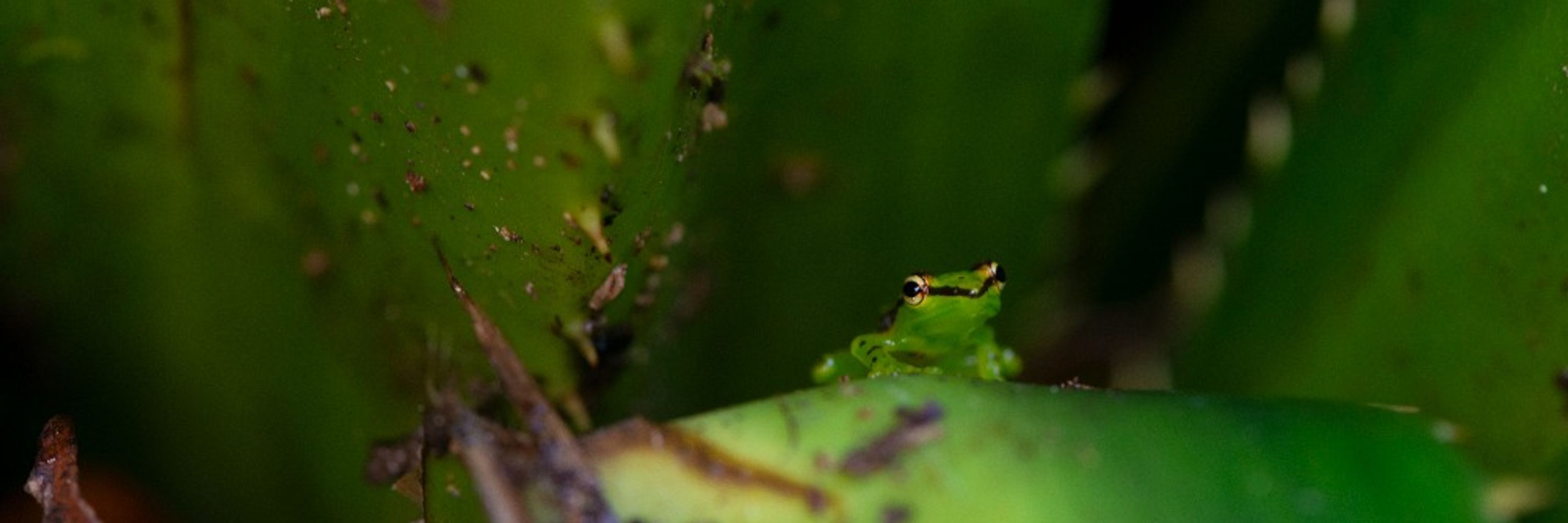
🧪🐢
🧪🐢
doi.org/10.3897/vz.7...

doi.org/10.3897/vz.7...
🐸
Platypelis efatra
Platypelis laetus
Rhombophryne longicrus
Rhombophryne diadema
Stumpffia sorata
Stumpffia miovaova
Boophis pikei
Gephyromantis grosjeani
Gephyromantis lomorina
🦎
Brookesia nana
Calumma uetzi
Uroplatus fivehy
🧪
🐸
Platypelis efatra
Platypelis laetus
Rhombophryne longicrus
Rhombophryne diadema
Stumpffia sorata
Stumpffia miovaova
Boophis pikei
Gephyromantis grosjeani
Gephyromantis lomorina
🦎
Brookesia nana
Calumma uetzi
Uroplatus fivehy
🧪


